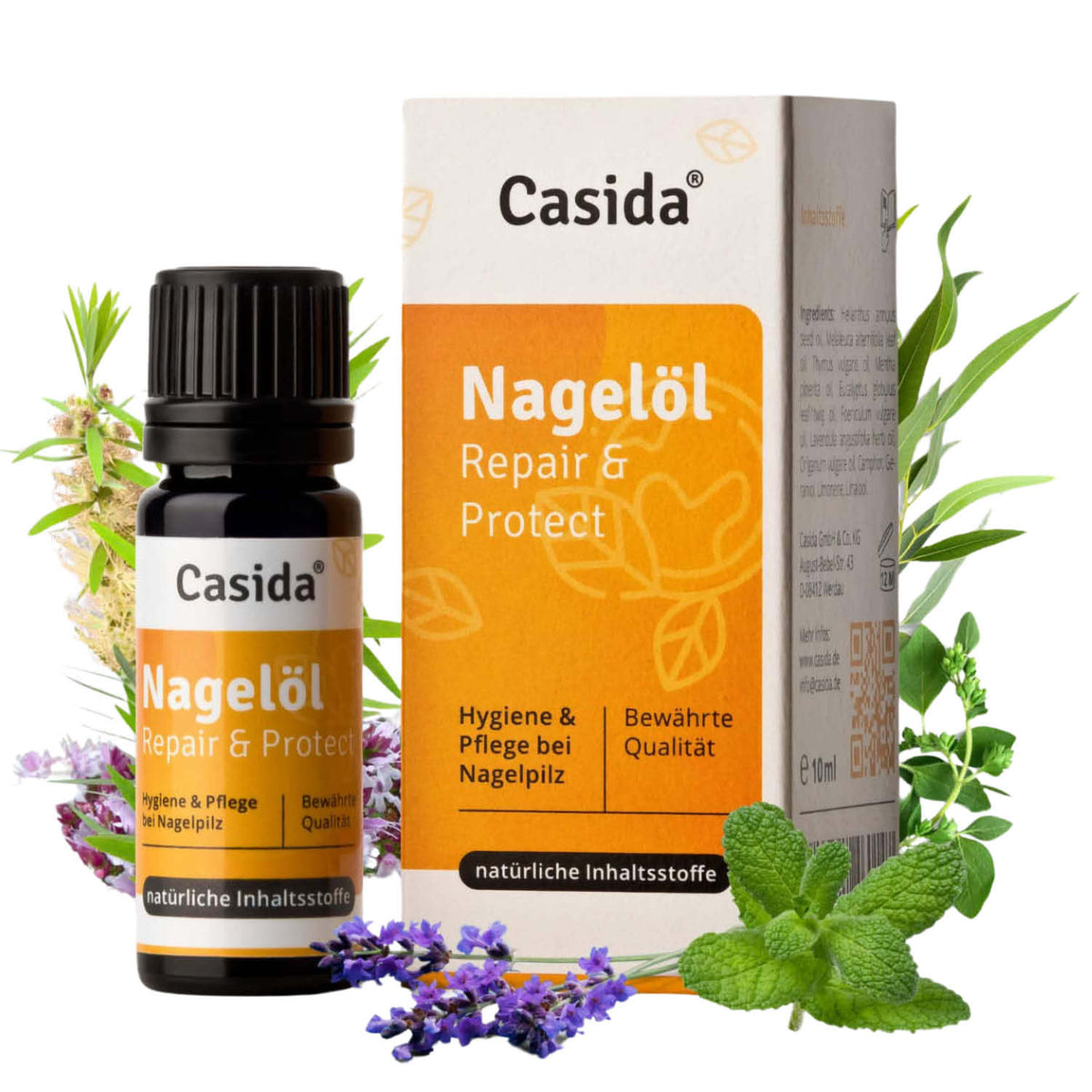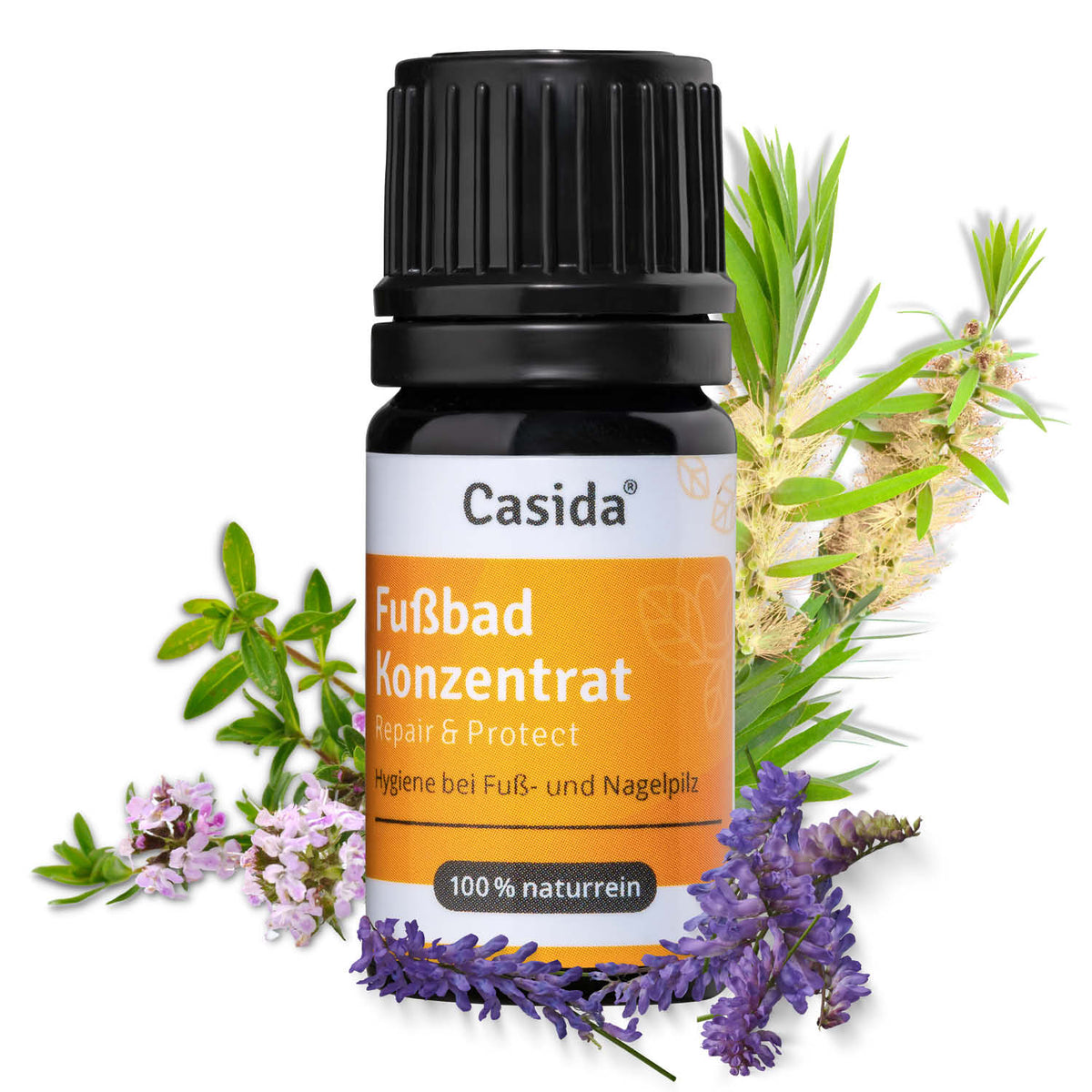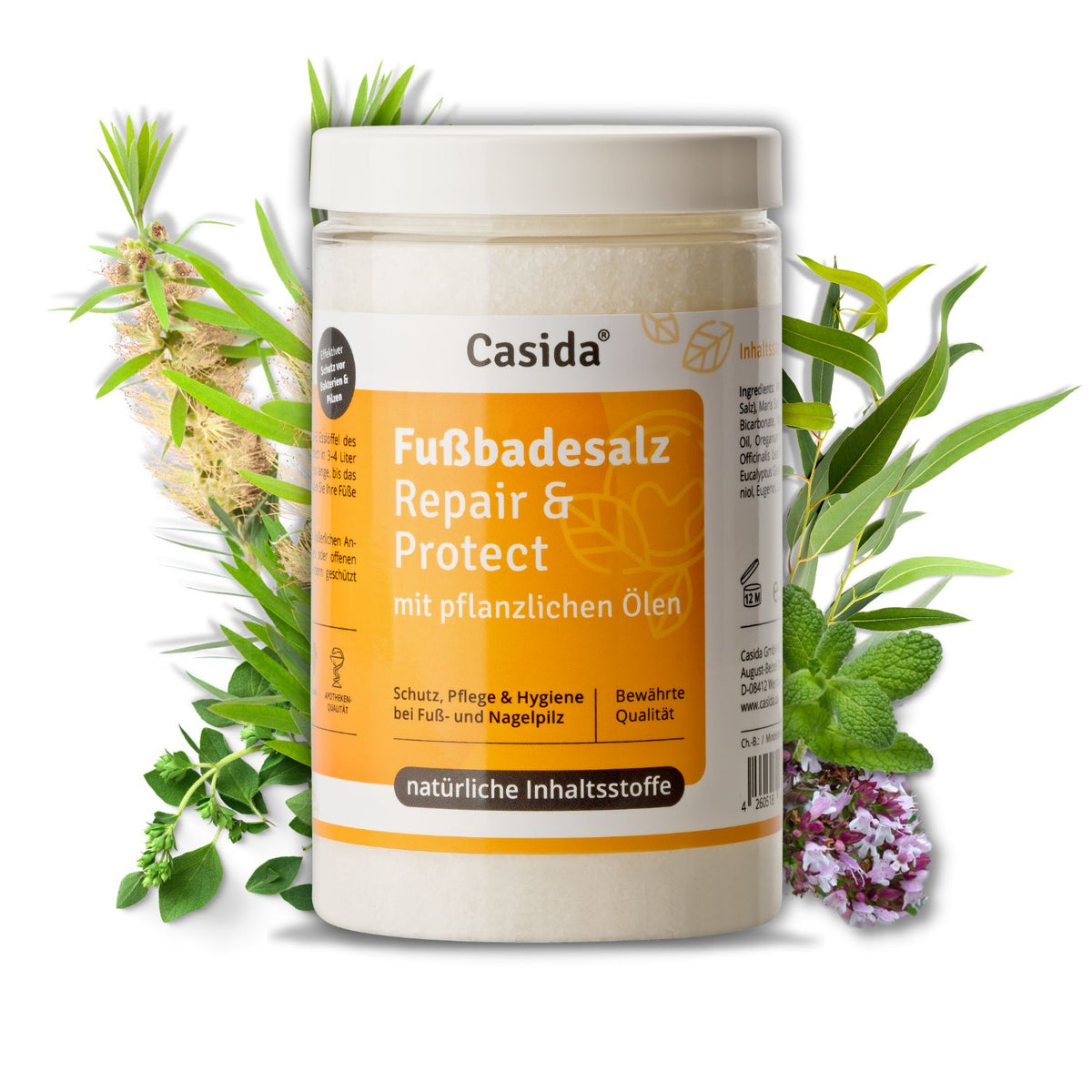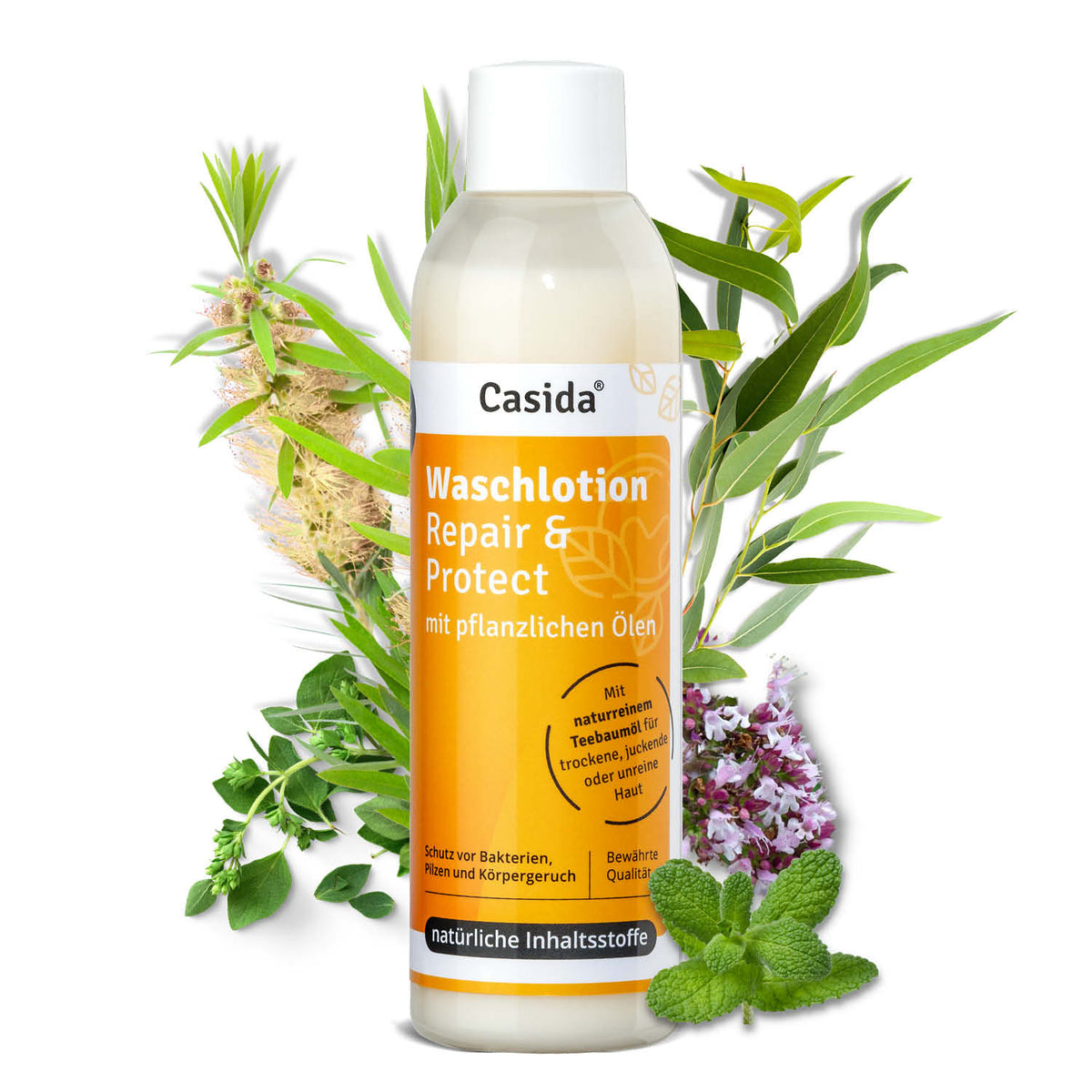Table of contents
Where does nail fungus come from in children?
Generally, children's nails are rarely affected by nail fungus, as children's nails are different from those of adults and grow differently. Nevertheless, dermatologists are recording an increasing number of nail fungus infections in children. It is now becoming increasingly common for children and adolescents to visit a dermatologist with symptoms of nail fungus or athlete's foot. The causes vary, but the trigger is usually found in the home environment.
Various factors increase the risk of nail fungus in children.
- Risk of infection at home: Nail fungus in children most commonly occurs when a family member in the home already suffers from nail fungus. If parents or siblings walk around the house barefoot and shed infected calluses, it is only a matter of time before the nail fungus also appears in children. Young children, in particular, often walk around the house barefoot or try on their siblings' or parents' shoes. This only increases the risk.
- Swimming pools: The fungus spreads most easily in warm and humid environments. Swimming pools therefore provide ideal conditions for the spread of nail fungus in children, as they often and happily spend time in swimming pools and also walk around barefoot. Changing rooms and restrooms in swimming pools are particularly risky areas, where there are an above-average number of infected skin cells on the floor.
- Sports: Children who participate in sports also have an increased risk of infection. Although sports are good for the body, sports such as running or soccer carry some risks. Inappropriate footwear and jerky movements can cause minor injuries and blisters on the feet. These, in turn, make it easier for the fungus to penetrate the skin and cause nail fungus in children.
- Illnesses: A weak immune system and chronic illnesses such as diabetes are also common causes of nail fungus in children.
How is nail fungus treated in children?
The treatment of nail fungus in children depends on the type of infection. In general, nail fungus is easier to treat in the early stages. If the nail plate is thickened, the infected nail is filed down as far as possible and the affected area is treated with an antifungal agent.
Natural remedies are the best choice
In most cases, oils, foot baths, sprays, and regular foot care with suitable washing lotions are enough to help. Purely plant-based ingredients such as Casida Nail Oil Repair & Protect are recommended. This is a blend of various essential and plant-based oils that are particularly gentle on the skin while effectively inhibiting fungal growth. Casida's natural alternative is suitable for children ages 6 and up, as it is made from purely plant-based ingredients and has no side effects. It is ideal for use in combination with the accompanying Casida wash lotion and foot bath salts. This provides additional foot hygiene and natural protection against nail fungus.
Regular Care
To successfully combat nail fungus in children, the affected areas should be treated regularly and over the long term. Nail fungus requires perseverance, but it pays off. It is important to always file the affected nails as far back as possible and to use disposable files to avoid re-infection. Brushing nail oil on the nails is a simple treatment, especially for children. This can also be loosened up by spraying them with foot spray and giving them a foot bath once a day.
Important note / disclaimer: As pharmacists, we share our pharmaceutical expertise and wealth of naturopathic experience in the Casida guide. An individual diagnosis and consultation are always necessary. Therefore, this service cannot replace medical advice. It is not intended to treat, cure, or prevent any disease. It is not a substitute for medication or other treatments prescribed by a doctor.








